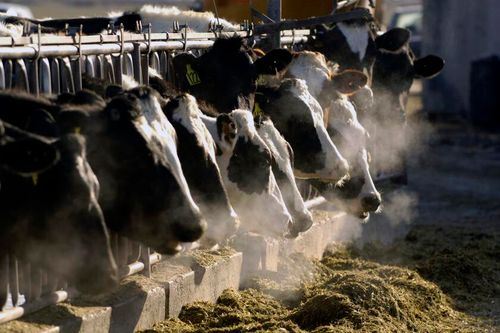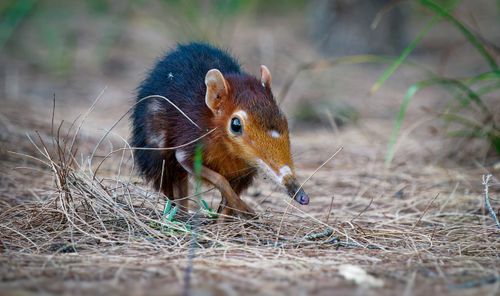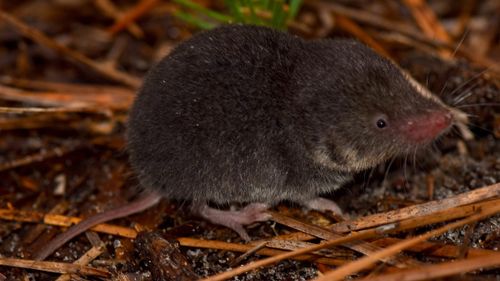 Newser
NewserCamp Hill Virus Discovery in Alabama Sparks Concerns of Human Spread
Articles
Summary

Deadly version of H5N1 bird flu spills over into Nevada dairy cattle
A version of the H5N1 bird flu virus that killed a person in Louisiana and severely sickened a teenager in Canada has now been detected in dairy herds in Nevada. The version, known as D1.1, is circulating in wild birds around the nation — causing massive die-offs in places such as Chicago, upstate New York and Ohio. The U.S. Department of Agriculture's Animal and Plant Health Inspection Service confirmed the finding Wednesday. It's different from the version circulating in dairy cows, which has caused only relatively mild illness in humans, although it has killed scores of domestic and wild cats. Both versions belong to the H5N1 virus family — each with slightly different histories and genetic structures.
Left
Yahoo!
First case of deadly henipavirus found in North America, sparking pandemic fears; know symptoms
A deadly virus from the same family of Nipah virus has been identified for the first time by researchers at the University of Queensland in North America. Camp Hill virus, a type of henipavirus, has been found in shrews in Alabama, sparking concerns about its spread in humans and a potential pandemic. Dr. Rhys Parry from the School of Chemistry and Molecular Biosciences, in the research published in Emerging Infectious Diseases confirms the presence of Camp Hill virus in shrews in the US state of Alabama. It has been feared that this detection could mean a wider global distribution of the virus than previously thought.
Middle
MSN
Potentially deadly zoonotic virus found in US, sparking concerns of spread to humans
A fatal virus has reportedly been discovered in shrews in Alabama, sparking concerns about potential contagion to humans. The Camp Hill virus — thought to be the first "henipavirus" in North America — was discovered by researchers at The University of Queensland. A henipavirus is a genus of viruses that is zoonotic, which means it can be spread from animals to humans. "Henipaviruses have caused serious disease and death in people and animals in other regions," Dr. Rhys Parry from the School of Chemistry and Molecular Biosciences said in a press release on The University of Queensland's website.
Right
Fox News
New, possibly deadly virus found in Alabama animals. Could it reach Mississippi wildlife?
A new animal-borne virus has been discovered in Alabama. The creature that carries it can be found along parts of the Atlantic seaboard, as far north as southern Saskatchewan, Canada. The strain is called Camp Hill, named for the Tallapoosa County town where four infected northern short-tailed shrews were caught in 2021.
Middle
The Clarion Ledger
New virus discovered in Alabama raises pandemic fears
The Camp Hill virus has never been recorded in humans. Scientists don't know what symptoms are or the death rate. The closest virus to Camp Hill that's infected humans is the Langya virus. It causes fever, fatigue, cough, muscle aches, liver dysfunction, and kidney damage.
Right
Daily MailPOLITICS
Rubio Boycotts G20 Summit in Johannesburg Over South Africa's 'Anti-Americanism' and DEI Agenda
Updated: 8 hours ago
Articles
Summary
Articles
Summary
Articles
Summary
POLITICS
President Trump to Impose Sanctions on ICC For 'Improperly Targeting the United States and Israel'
Updated: 11 hours ago
Articles
Summary
POLITICS
Attorney General Pam Bondi Will Order Full Review Into Past Federal Cases Against President Trump
Updated: 13 hours ago
Articles
Summary




































